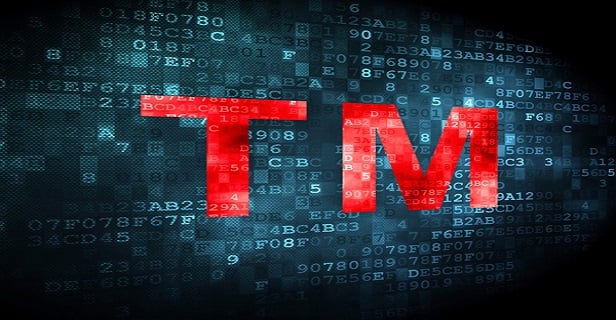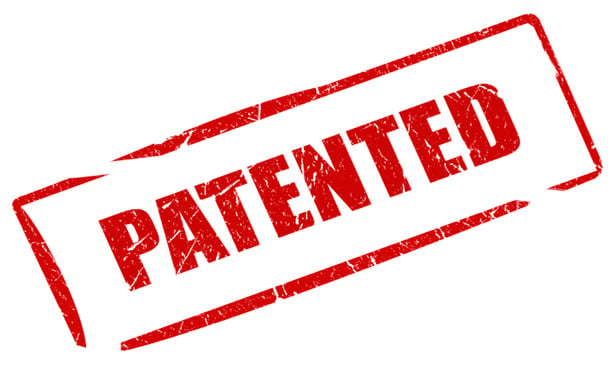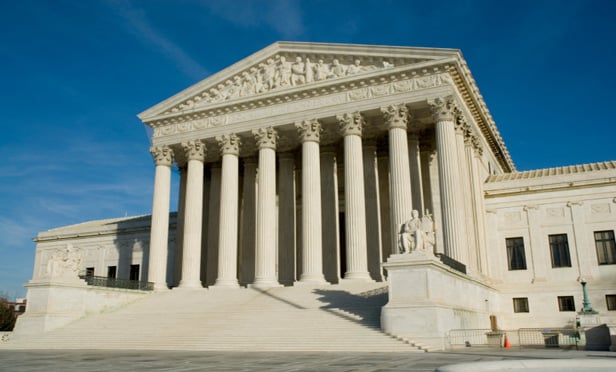Features

IP Rights In the Metaverse
The metaverse, an immersive virtual experience building on the Internet and the physical world, has become a prominent force in branding and marketing for companies struggling to keep up in an ever so globalized economy. Parallel to this digital expansion has been a surge of intellectual property issues.
Features

Filing a Reissue Can Correct Serious Patent Errors
Reissue applications may be quite useful. They may be useful in correcting some type of errors that one would normally think of as "errors" in the strict sense of the word. But they may also be used to correct "errors" in scope of patent protection and may thus be used to increase patent value and should thus be considered as a strategic tool in a patent holder's toolbox.
Columns & Departments
IP News
Federal Circuit Affirms District Court's Decision That an Artificial Intelligence Software System Cannot Be Listed as an Inventor on a Patent Application Federal Circuit Affirms District Court's Partial Award of Attorney's Fees
Features

Protecting a Trademark Licensor's Rights In a Bankruptcy Case
A recent bankruptcy case from the District of Delaware underscores the need for a trademark licensor to be alert to filings made in its licensee's bankruptcy case that may require prompt action by the licensor to protect its valuable rights under a license agreement.
Features

Federal Circuit Analyzes Specification and Prosecution History Claim Language Usage
University of Massachusetts v. L'Oréal Absent an express disclaimer or special definition of how a term is to be interpreted, it can be frustrating to get a court to reject the plain and ordinary meaning of claim language read in a vacuum, based on the subtleties of how a term is used in a patent or its prosecution history.
Features

One Banana, Two Banana: Can a Banana Taped to a Wall Be Copyright Protected Art?
On July 7, 2022, the Southern District of Florida denied a motion to dismiss in Morford v. Cattelan, which began by posing the following question: "Can a banana taped to a wall be art?"
Features

Digital Advertising: Customer Confusion and Trademark Infringement
In the absence of a federal statutory scheme specifically aimed at digital advertising practices, the courts have focused on consumer-facing issues covered by existing law, such as privacy, transparency, and deceptive or misleading advertising practices. But digital advertising technology can also present new challenges in copyright and trademark protection.
Features

Copyright Plaintiffs Can Reach Back More Than Three Years In Seeking Infringement Damages, Ninth Circuit Rules
How far back from accrual of a claim may a plaintiff reach for copyright damages?
Columns & Departments
IP News
Copyright Standing and Fifth Circuit Trade Dress Factors
Features

UPDATE: Did the Supreme Court's 'Arthrex' Decision Open Pandora's Box?
In June 2021, the Supreme Court ruled in U.S. v. Arthrex that the statutory scheme appointing Patent Trial and Appeal Board administrative patent judges to adjudicate IPRs violates the appointments clause of the U.S. Constitution. Specifically, the Court concluded that because APJ decisions in IPR proceedings are not reviewable by a presidentially appointed and Senate-confirmed officer, such determinations are not compatible with the powers of inferior officers. The PTO later decided that it would not accept requests for director review of institution decisions. This policy is now also being questioned in Arthrex's wake.
Need Help?
- Prefer an IP authenticated environment? Request a transition or call 800-756-8993.
- Need other assistance? email Customer Service or call 1-877-256-2472.
MOST POPULAR STORIES
- Use of Deferred Prosecution Agreements In White Collar InvestigationsThis article discusses the practical and policy reasons for the use of DPAs and NPAs in white-collar criminal investigations, and considers the NDAA's new reporting provision and its relationship with other efforts to enhance transparency in DOJ decision-making.Read More ›
- The DOJ's New Parameters for Evaluating Corporate Compliance ProgramsThe parameters set forth in the DOJ's memorandum have implications not only for the government's evaluation of compliance programs in the context of criminal charging decisions, but also for how defense counsel structure their conference-room advocacy seeking declinations or lesser sanctions in both criminal and civil investigations.Read More ›
- The DOJ's Corporate Enforcement Policy: One Year LaterThe DOJ's Criminal Division issued three declinations since the issuance of the revised CEP a year ago. Review of these cases gives insight into DOJ's implementation of the new policy in practice.Read More ›
- Don't Sleep On Prohibitions on the Assignability of LeasesAttorneys advising commercial tenants on commercial lease documents should not sleep on prohibitions or other limitations on their client's rights to assign or transfer their interests in the leasehold estate. Assignment and transfer provisions are just as important as the base rent or any default clauses, especially in the era where tenants are searching for increased flexibility to maneuver in the hybrid working environment where the future of in-person use of real estate remains unclear.Read More ›
- Developments in Distressed LendingRecently, in two separate cases, secured lenders have received, as part of their adequate protection package, the right to obtain principal paydowns during a bankruptcy case.Read More ›
